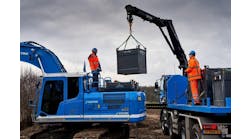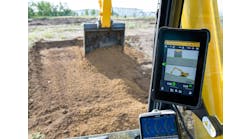Massive Construction Layoffs Without Stimulus Package, AGC Forecasts
An estimated two-thirds of the nation’s non-residential construction companies plan to cut payroll, according to new employment and business forecast figures released last week by the Associated General Contractors of America. The layoffs will result in a 30-percent decline in the number of people working on construction projects, according to projections.
“Unless the business climate changes significantly and soon, the construction sector will continue to experience the kind of devastating job losses and crippling declines in business activity that will undermine efforts to end the recession,” said AGC CEO Stephen Sandherr.
Many construction companies experienced significant slowdowns beginning late in 2008, resulting in a 10-percent decline in the number of construction workers since 2006, Sandherr said.
According to the forecasts, AGC member companies expect declining activity in every type of construction market, with 92 percent of building contractors and 93 percent of road builders expecting or experiencing declining activity. More than 83 percent of utility contractors expect declines, as do 77 percent of water resource contractors expecting a decline in business building levees or locks.
On the positive side, planned investments in infrastructure projects as part of a stimulus package would dramatically improve the employment and business outlook for the year. Eighty-five percent of non-residential construction companies would either cancel layoffs or add new employees if states embarked on stimulus-funded infrastructure projects. Construction companies would increase payrolls 25 percent if the stimulus included new infrastructure investments, and would invest an average of $500,000 in new equipment if they received new work.





